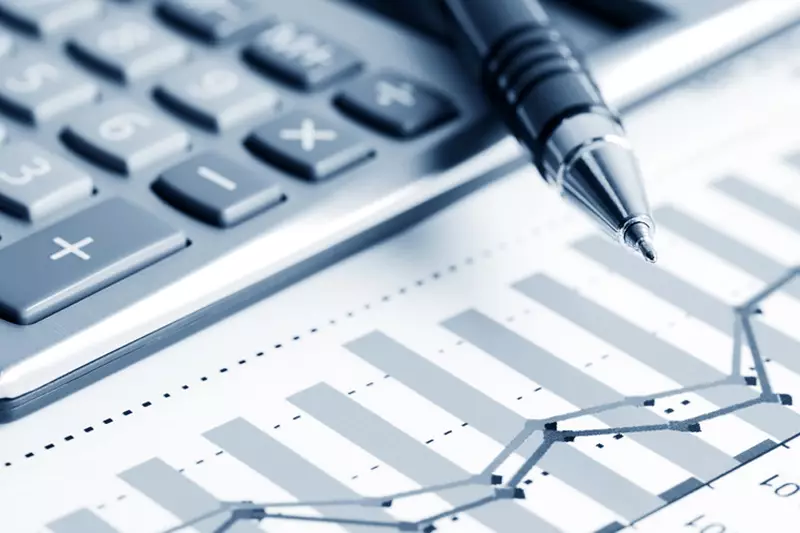As the U.S. presidential election approaches, market analysts have reported significant spikes in currency volatility, signaling investors’ unease about the potential ramifications of the electoral outcome. Gauges measuring expected fluctuations, particularly in the euro and sterling against the dollar, have reached unprecedented levels not seen since March 2023. This volatility is partly attributed to the anticipation surrounding the election that features closely contested candidates—Republican Donald Trump and Democratic Vice President Kamala Harris—whose divergent economic policies could lead to substantial shifts in U.S. economic strategy.
According to LSEG data, the volatility for the euro-dollar currency pair has escalated sharply, achieving its highest point since early last year amidst a minor banking crisis in the U.S. The one-week implied volatility indicators for both the euro and sterling are witnessing a particularly notable rise, as traders adjust their strategies based on the growing likelihood of market swings following the election results. These measures are generated from options pricing—financial instruments that investors deploy to protect against or speculate on changes in currency values.
In recent weeks, market participants have increasingly turned their attention to betting markets, which indicate an increasing perceived likelihood for Trump’s victory. Such an eventuality could catalyze economic policies characterized by elevated tariffs and fiscal deficits, potentially resulting in higher U.S. interest rates. Consequently, these anticipated policy shifts have spurred demand for the dollar, further driving up its value in the global arena.
Barclays strategists have warned that the binary outcome of this electoral contest is expected to provoke significant movements within foreign exchange markets. The inherent uncertainty leading up to and following the election, along with a scheduled meeting of the U.S. Federal Reserve during the same week, compounds the volatility expectations. This context illustrates why investors are bracing for potential reactions, particularly those that could emerge immediately after the election concludes.
Comparative analysis with previous elections reveals that U.S. elections have historically ushered in pronounced volatility. Notably, leading up to the 2016 election—one in which Trump emerged victorious—implied volatility levels for the euro approached 14%, while the sterling saw similar increases. Such historical precedents provide critical context for understanding the current market dynamics and amplify the sense of urgency among investors as they navigate through the election process.
As the electoral date nears, the intertwining of political uncertainty and economic implications paints a volatile picture for currency markets. Investors are poised for potential aftershocks as results unfold, shaping the trajectory of the dollar and the broader economic landscape in the U.S. The strategic decisions made in the immediate future will not only influence the financial markets but may also set the tone for the global economy in the post-election period.


Leave a Reply